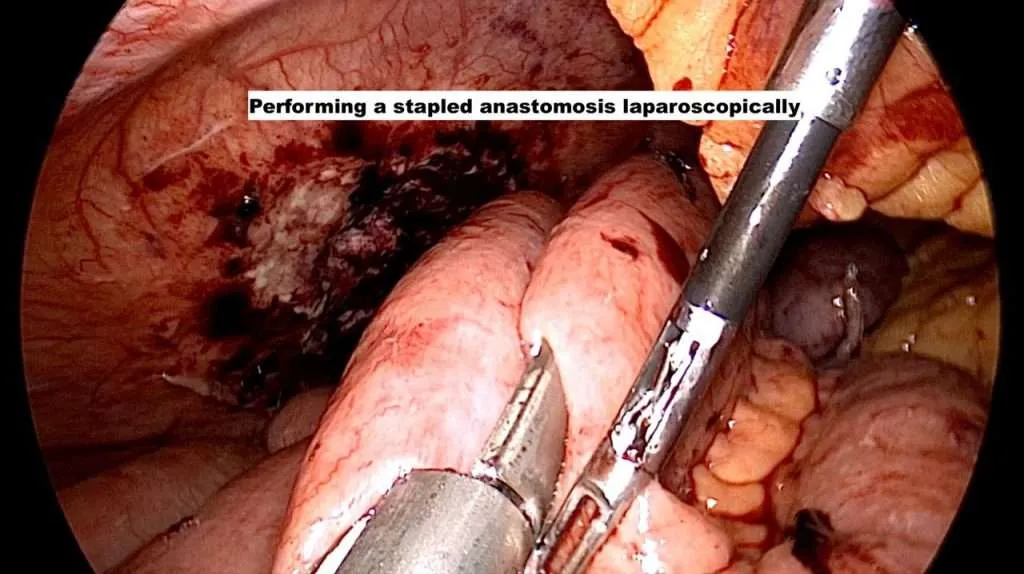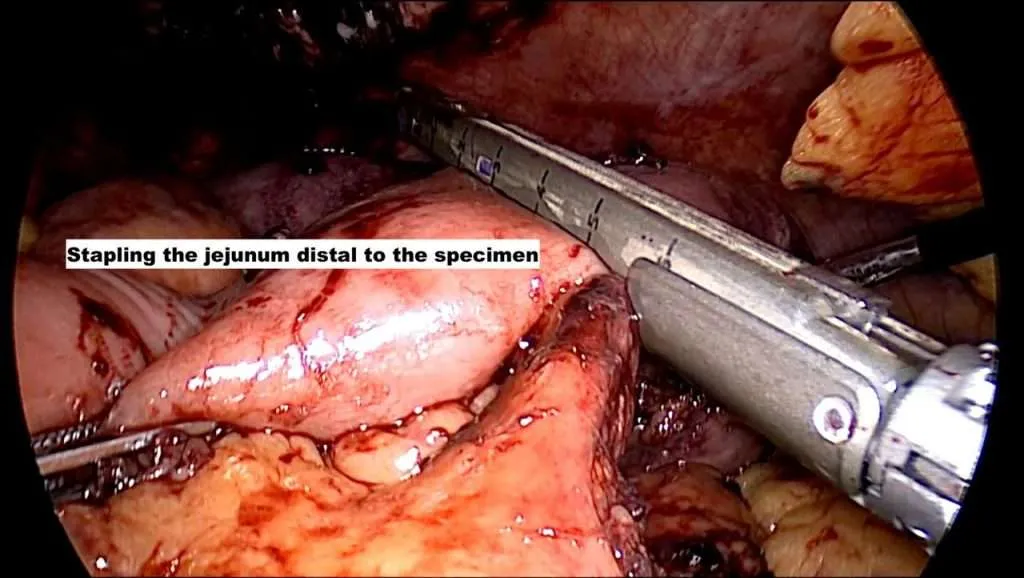Laparoscopic resection and anastomosis of a jejunal sealed off perforation - Case Study
By, Dr Harsh Sheth, Bariatric Surgeon in Mumbai
1. OVERVIEW
Upper-bowel perforation can be described as either free or contained. Free perforation occurs when bowel contents spill freely into the abdominal cavity, causing diffuse peritonitis. Contained perforation occurs when a full-thickness hole is created by an ulcer, but free spillage is prevented because contiguous organs wall off the area.
Lower-bowel perforation results in free intraperitoneal contamination.
Dr. Harsh Sheth
Age : 76, Male
Severe pain in abdomen on the right side, vomiting, redness of the skin and distension of the abdomen more on the right side.
CT scan (abdomen+pelvis) plain with iv contrast
Sealed off jejunal perforation
Laparoscopic resection and anastomosis of a jejunal sealed off perforation
Pleased to share a recent case of ours, 76 year old man who presented with localised pain in the right hypochondrium with CT suggestive of an intra-abdominal abscess with a sealed off intestinal perforation.
On a diagnostic laparoscopy, there was a sealed off perforation in the jejunum with a walled off abscess cavity.
We proceeded laparoscopically and performed a totally intra-corporeal (laparoscopic) resection and anastomosis of the jejunum with 4 laparoscopic ports and extracted the specimen through a small umbilical incision.
IX. POST TREATMENT GUIDELINES
Gradual re-introduction of diet to the patient
X. IMAGES








